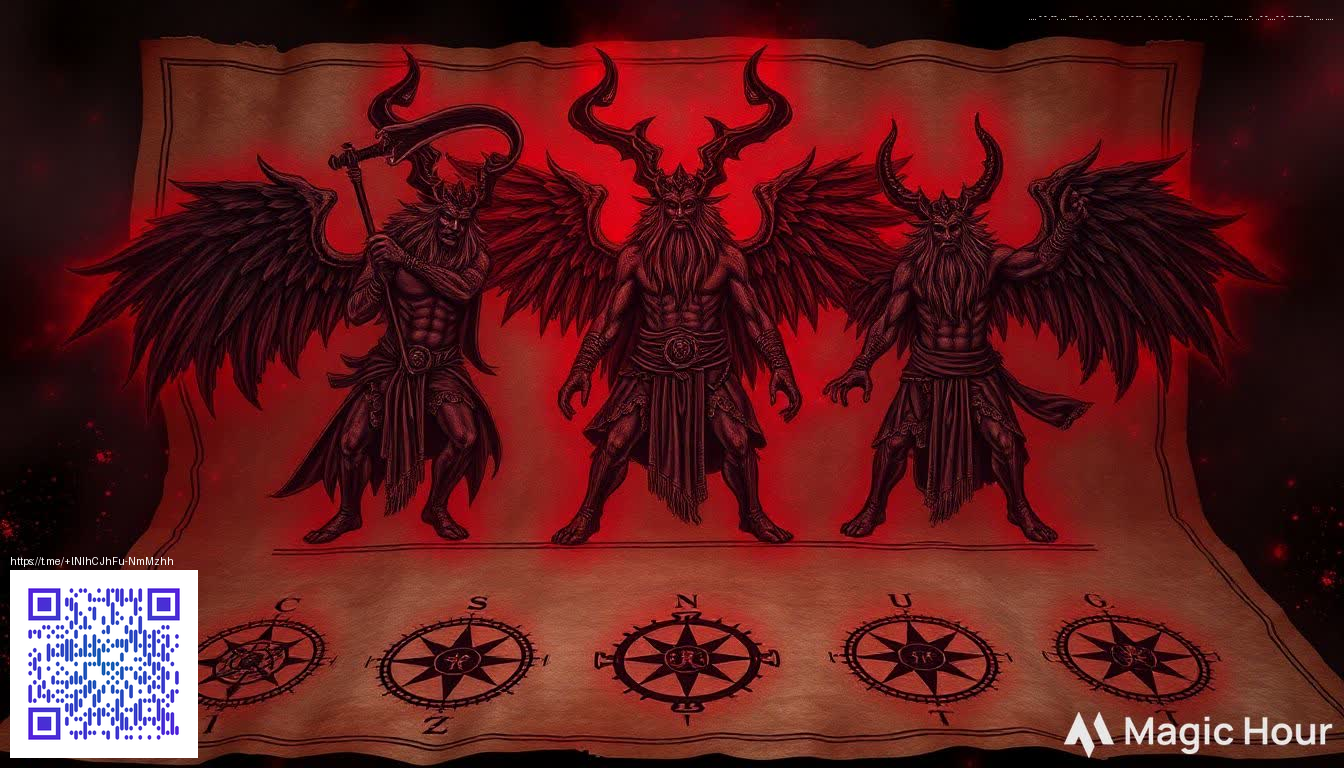
A fresh lens on a familiar canvas
The arrival of Splatoon 3 brings a charged question for fans who lived through Splatoon 2 and its Octo Expansion era. The newer game carries forward the franchise love for color filled battles while inviting players to re assess how its story lands. Where the earlier entry leaned into a post apocalyptic back story told through city ruins and whispered documents, Splatoon 3 leans into a brighter palette with a sharper focus on character driven moments and world building that fans can observe in the hub cities and scattered dialogue.💠
Story structure versus world building
Splatoon 2 introduced a surprisingly dense strand of lore via the Octo Expansion. It gave players control of Octolings and opened doors to a darker, more personal arc that felt like a valve turning on hidden depths in the wider squid ink universe. In contrast, Splatoon 3 sketches a more compact storytelling arc that still rewards careful attention to stage design, NPC chatter, and subtle environmental hints. The shift resonates with a community that loves digging through graffiti, lift signs, and shop menus for clues about what happened to the Inkopolis era and how the world now negotiates power between ink and orbiting tech. 👁️
Pacing and tonal direction
The tonal shift is noticeable. Splatoon 3 treads a lighter path with sharper humor and brisk mission pacing that keeps the action front and center. That does not erase the feeling that a larger mythos is simmering underneath, but it presents it in a more suggestive, less explicit way. Critics and players alike have pointed out that the Octo Expansion delivers a more deliberate, lore heavy experience while Splatoon 3 presents lore in shards that players assemble through exploration and careful observation. This difference has sparked plenty of discussion online about what makes a story mode feel truly earned versus what works as ambient worldbuilding.
World design and player agency
Level design in Splatoon 3 expands the playground while preserving the compact, arena like rhythm fans adore. The environments encourage replay and discovery, inviting players to spot small narrative cues rather than delivering big cinematic set pieces. In Splatoon 2 the focus on a more linear, contained story path made the Octo Expansion feel like a portal into a darker corner of the same universe. The community has debated whether the smaller, stealthy storytelling approach in Splatoon 3 creates a stronger sense of place or leaves lore fans longing for a grander spine to the campaign. The debate is healthy and a sign of a living franchise that is listening to its fans. 💠
Gameplay depth and replay value
From a gameplay perspective both titles excel in their own right. Splatoon 3 rewards skill expression with tighter gunplay, new special abilities, and revised map flows that test map awareness and adaptation. Splatoon 2 offers a longer campaign arc with more elaborate puzzle sequences and a narrative tempo that pushes players toward a more cinematic rhythm. The community reaction underscores a desire for story driven content to balance the high octane multiplayer grind, and the two games together illustrate Nintendo roster strategy where single player campaigns act as a counterpoint to the competitive core. 🕹️
Community insights and ongoing updates
Community sentiment around the two titles mirrors the broader arc of the franchise. Conversations often compare the Octo Expansion as a landmark for storytelling depth and player driven pathing, while Splatoon 3 is celebrated for its polish and accessibility during updates that keep the world feeling alive. The developers have signaled ongoing support across both campaigns through seasonal events and free updates, which keeps the interest steady even as new waves of players jump into chaotic ink filled battles. The dialogue within fan spaces remains vibrant as players exchange theories about hidden lore and potential future directions. 🌑
As a player, the most compelling through line is how each game teaches you to read the environment. Splatoon 2 offered a door into an alternate reality that felt almost like a whispered memory of the first game. Splatoon 3 invites you to piece together a larger story using artifacts scattered across maps and through dialogue with familiar characters who have evolved in surprising ways. The result is a narrative tapestry that rewards both casual play and meticulous scavenging, and it keeps us excited for what Nintendo might publish next in this marine color saga.
For readers who follow the scene closely, the two titles together showcase the strength of Splatoon as a platform for evolving storytelling. The shifts between direct narrative and embedded world building reveal a developer intent to broaden what a campaign can be while preserving the core rules that make the multiplayer mode so addictive. It is a reminder that a story in a shooter franchise does not need to shout to be heard. It can pulse beneath the surface and emerge when players anticipate the next ink drenched twist. 💬
On the whole, the story line in Splatoon 3 stacks up with a careful balance of continuity and experimentation. It respects what Splatoon 2 achieved with the Octo Expansion while carving out its own space for discovery and community engagement. The conversation around these two installments keeps evolving, and that is precisely what makes the Splatoon journey so intoxicating for die hard fans and newcomers alike. 🌈
If you want to support ongoing discussion about the deeper stories behind your favorite games and sustain independent voices in the community, consider supporting creators and projects that advocate for a decentralized web and open culture. This approach helps keep critical, opinionated content accessible for every player who wants more from their favorite franchises.
Donate to support independent coverage and help promote a decentralized internet for gamers
Support decentered gaming storytelling with a Ko Fi donation